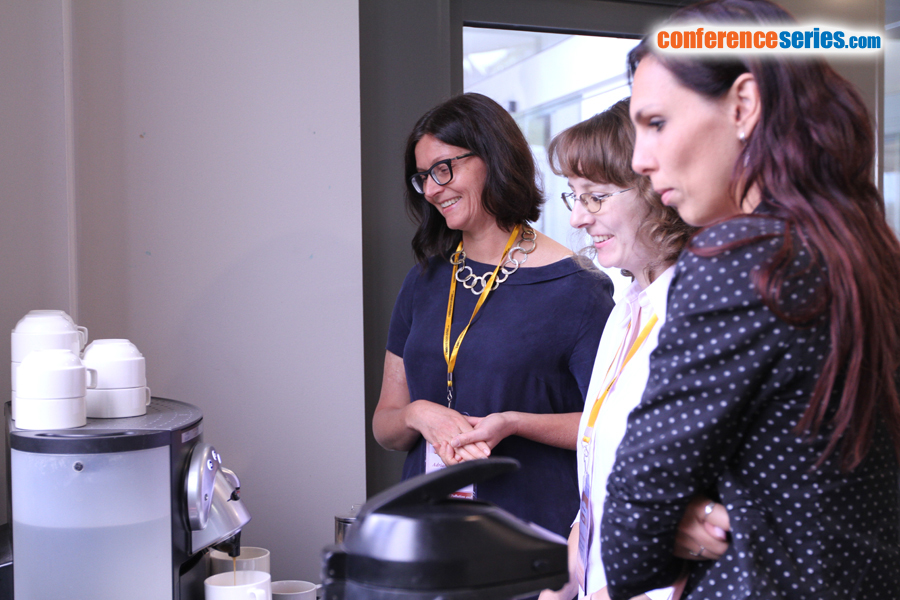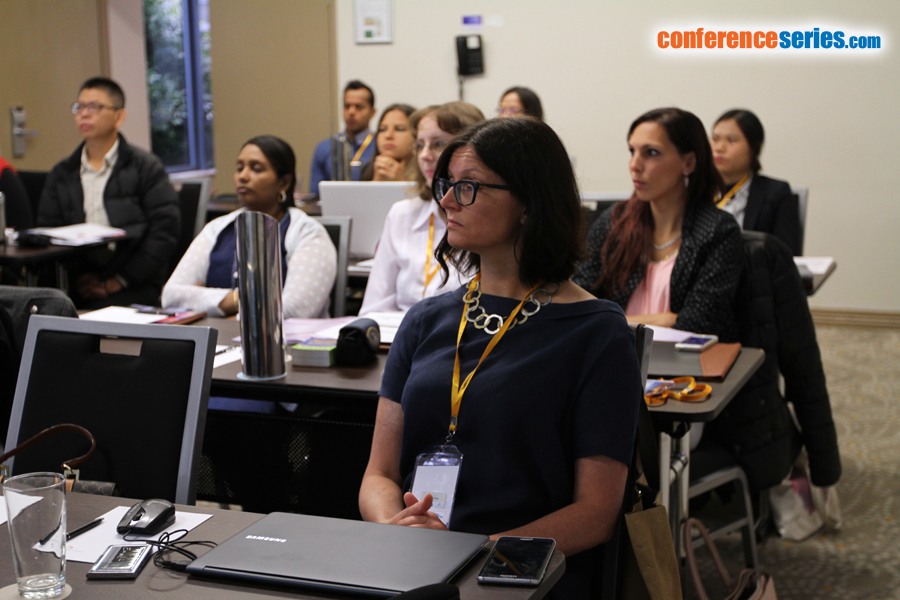
Adriana Zaleska-Medynska
University of Gdansk, Poland
Title: TiO2-based nanotubes for pollutants degradation
Biography
Biography: Adriana Zaleska-Medynska
Abstract
Photocatalytic reactions over solid semiconductors in the form of thin films or suspended nanoparticles (e.g. titanium dioxide) have been proposed as an environment-friendly process for removing pollutants from gas and liquid streams. Among other photocatalysts, ordered TiO2 nanotube (NT) arrays have attracted increased attention due to their high surface area, good adsorption ability, highly ordered array structure, open mesoporous nature, excellent corrosion resistance, stable physical–chemical properties and unique ability to photooxidize organic compounds. Considering their unique properties, NTs can be used as photocatalytic materials; however, the low visible light utilization and high recombination rate of photoexcited electron-hole pairs limit their applications. The photocatalytic activity of TiO2 under visible light can be achieved via loading metal nanoparticles (NPs) onto NTs, dye sensitization, hetero-coupling and doping.
In this work, MxOy-TiO2 mixed oxide nanotube layers (M= Ag, Cu, V, Co and Mn) were successfully prepared via one-step anodization of Ti-M alloys. The obtained samples were characterized by scanning electron microscopy (SEM), UV-Vis absorption, photoluminescence spectroscopy, energy-dispersive X-ray spectroscopy (EDX), X-ray diffraction (DRX) and micro-Raman spectroscopy. For the first time, the effect of the applied voltage (30-50 V), second metal content (5-15 wt.%) in the alloy and water content (2-10 vol.%) in an ethylene glycol- based electrolyte was studied systematically to determine their influence on the morphology and photoactivity. The morphology of samples varied from sponge-like to highly-organized nanotubular. It was demonstrated that the anodic oxidation of Ti-Ag alloys led to the formation of TiO2/Ag2O NTs interlaced with silver NPs as in a cake with raisins. Silver NPs have been formed during the in-situ generation of Ag ions and were (i) embedded in the NT walls, (ii) stuck on the external NT walls, and (iii) placed inside the NTs. The photocatalytic activity of the samples was evaluated by analyzing the degradation kinetics of phenol in aqueous phase and toluene in gas phase.
Speaker Presentations
Speaker PPTs Click Here


